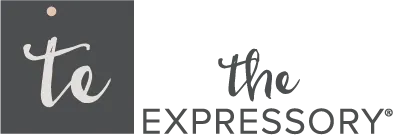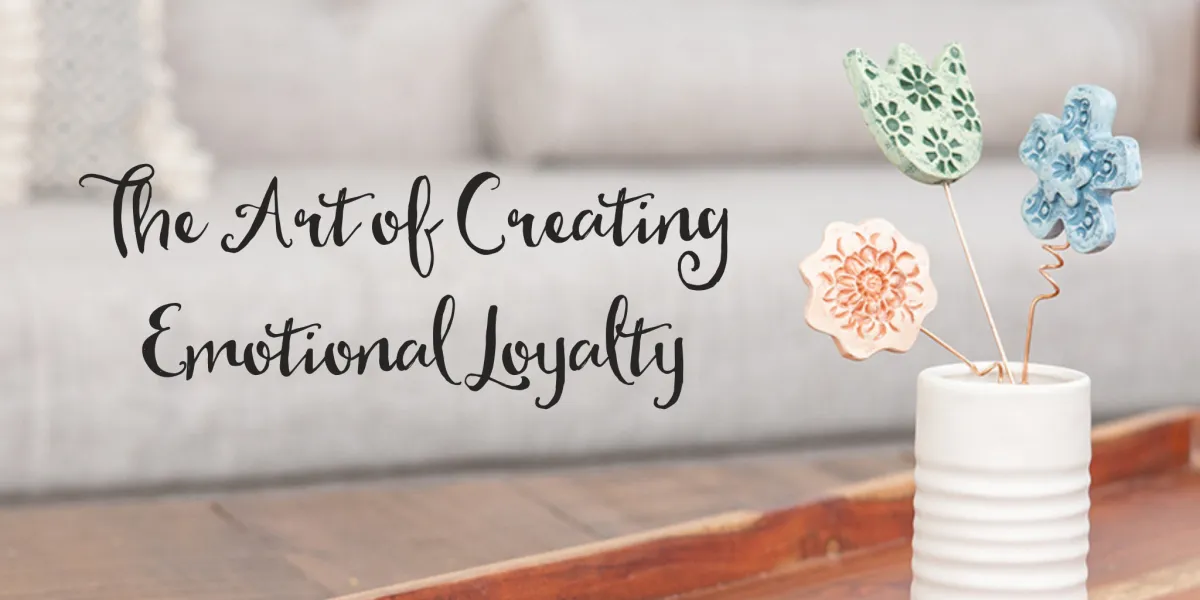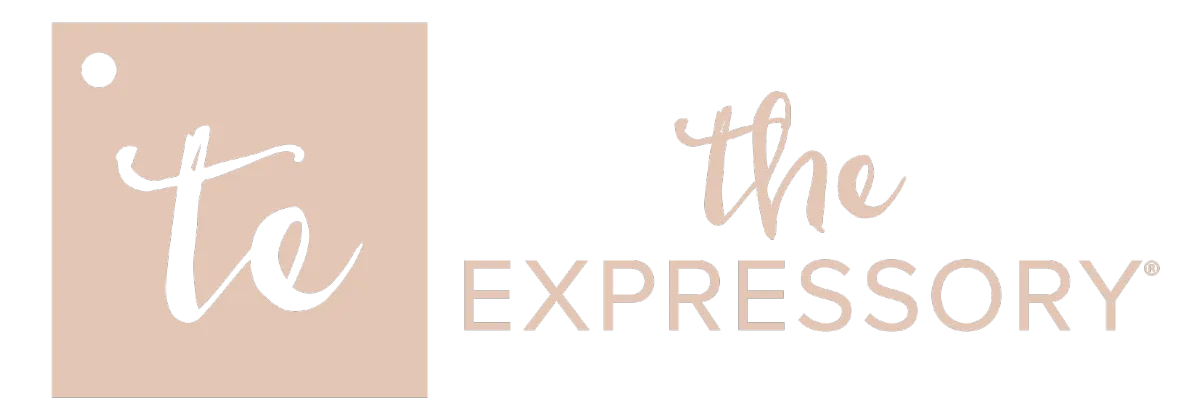

What Swimming Teaches Us About Team Relationships
In my latest video, I break down how swimming teaches us the importance of these relationship-building efforts and the specifics of what we as leaders need to nurture with our teams.
Holiday Gift Insights - What Everyone Else Is Doing
In an effort to simplify the decision-making process, we're sharing some of the trends we've seen with gifting over the years. We're even sharing our best seller and why that gift had such success.
What Makes A Successful Holiday Gift? The Travel Bag Edition
Last year we had the opportunity to work with one of our clients in the travel and tourism space to design an experience that delivered their highest engagement yet.

When Research Leads to Relationships
Think about the last time someone surprised you with a small gesture that was so spot on it made you feel instantly seen. Maybe it was a friend remembering your favorite coffee order. Or a coworker sending a meme that summed up your day perfectly.
Now imagine your clients or prospects feeling that way about you.
That’s the magic of thoughtful engagement. It’s not about grand gestures or expensive gifts. It’s about relevance. Timing. Intention.
And the secret to doing it well? It starts with research.
Not the dry, data-heavy kind. But the kind that helps you understand what someone cares about, what they’re working toward, and how you can meet them where they are—with empathy and purpose.
Because whether you’re nurturing a long-time client or a dream prospect, the rules are the same: people engage with those who see them, understand them, and show they care.
Why Research Is the Foundation of Real Relationships
Most businesses know their client list. Fewer truly know their clients or prospects.
Names, job titles, invoice dates, those are details, not depth. And in today’s distracted, over-automated world, surface-level engagement just doesn’t cut it anymore.
If you want long-term loyalty, people who return, refer, and rave about you, you need to go deeper. You need to uncover what matters in their world right now.
That’s where research comes in.
And no, we’re not talking about building a giant dossier. We’re talking about strategic curiosity. Taking the time to learn enough about someone to develop a relationship in a meaningful way. That includes:
What they’re celebrating
What they’re struggling with
What goals they’re working on (or their company or industry)
What they value, personally or professionally
Once you have those insights, you can start designing touchpoints that reflect what you know about them. Things that are helpful, relevant, and personal. Things that say, “You matter.”
Let’s Talk About Touchpoints and Gifting
So, you’ve got the insights. You’re ready to start showing your clients and prospects that you see them. That you get what’s important to them.
That’s where touchpoints come in.
These are the intentional interactions you create to stay meaningfully connected. They’re how you turn what you know into how you show up. A check-in email, a shared article, a shout-out on social media or even, an in person gathering. It’s your chance to engage with that person in a thoughtful way.
Sometimes, those touchpoints take the form of a physical gift. But here’s the thing: not every touchpoint is a gift, and not every gift needs to be elaborate to be effective.
Still, every meaningful gift is a type of touchpoint.
That’s where gifting fits into the bigger picture as one of the most personal and memorable ways to express care. Let’s take a closer look at what that really means.
Gifting Redefined
When people hear the word “gift,” it’s easy to picture something wrapped with a bow. We tend to think of birthdays, holidays, or those end-of-year thank-you boxes.
But gifting in a relationship-building strategy means something much broader.
To gift simply means to give something.
At The Expressory, we define gifting as any intentional act of giving that shows you care, with no expectation of return.
That might be:
A handwritten note after a thoughtful meeting
A small, personalized item that reflects someone’s interests
A relevant article shared with a “thinking of you” message
The goal isn’t to impress. It’s to form a deeper relationship.
It’s not about “stuff.” It’s about sentiment.
When you approach gifting through this lens, especially when it’s backed by real client or prospect insight, it becomes a powerful relationship tool. A way to show that you’re paying attention, that you care about more than just the next transaction.
And that’s when your gestures start building real trust and loyalty.
What Research-Inspired Gifting Looks Like
Now let’s look at how that plays out in real life, using gifting as a way to build trust, relevance, and emotional loyalty.
A Timely Resource During Tariff Uncertainty
One company noticed that nearly every client and prospect was expressing fear over upcoming tariffs and how they might affect their industry. Rather than waiting for questions to roll in, they leaned into the moment.
They hosted a webinar offering expert guidance and followed it up with a beautifully designed white paper. Complete with actions plans and resources. But they didn’t stop there. They printed and mailed the resource to both clients and prospects, positioning it as a gift to support them during a tough season.
No pitch. No push. Just value, rooted in understanding.
A Book That Sparks New Conversations
Another client sends out copies of the last impactful book they read to key clients and prospects. But here’s the twist, they invite them to an event where they reference some of the key learnings found in the book.
It’s not about the book itself. It’s about creating a shared learning experience. One that aligns with their audience’s passion for personal and professional growth.
And it works. It not only encourages more people to show up for the event, but they also begin to ask for time to talk with the senders.
The Now-Famous Dammit Doll
Then there’s Susan Baier of Audience Audit. In 2022, she wanted to show clients and partners that she understood just how tough the year had been.
Together, we created a simple but unforgettable package: a Dammit Doll. A quirky, voodoo-style doll that helps people blow off steam, with a cheeky poem about stress.
Her message reflected the rough year many were experiencing (shared experience). It was lighthearted. It was real. And it resonated.
She got 63 responses from 79 recipients. Some were still talking about the doll six months later. It’s now been three years and people still reference it! It’s a conversation starter, a shared laugh, and a brand touchpoint that built lasting connection.
How to Start Doing This (Without Overthinking It)
You don’t need a big campaign. Just a system for noticing and responding.
Here’s how to begin:
Start with your team. They likely know more about your clients and prospects than you think. Ask: What are they celebrating? What challenges are they facing?
Track your insights. Create a simple spreadsheet with notes about what you learn. List goals, causes they support, hobbies, milestones, industry concerns.
Look for themes. Are multiple people in your network talking about burnout? Innovation? Community? That’s your cue to create a shared touchpoint.
Even a well-timed note or article can say, “I get what you’re going through.”
The Best Touchpoints Aren’t Grand. They’re Genuine.
People don’t remember generic check-ins or templated follow-ups. They remember how you made them feel.
So whether it’s a white paper, a favorite book, or a funny little Dammit Doll, what makes it stick is that it feels real. Personal. Intentional.
That’s what research makes possible.
And that’s how you turn clients and prospects into loyal, long-term relationships.
Reflect and Recommit: 5 Questions to Ask Before Designing Your Next Touchpoint
If you're ready to create more meaningful engagement with your clients and prospects, start with these reflection questions. They'll help ensure every gesture you make is grounded in relevance, care, and intention:
1. Do I know what this person is working toward right now?
Not just the project or purchase. What goals are they trying to hit? What challenges might they be navigating? Knowing this can guide more thoughtful, helpful outreach.
2. Have I acknowledged a recent milestone or moment in their life or business?
Celebrating wins (big or small) is an easy and genuine way to build connection. If you’ve missed one, it’s not too late.
3. What’s one way I could make them feel seen or supported?
This could be a quick check-in, a resource, or even just a “thinking of you” note. Small acts matter most when they’re personal.
4. Is my message about them or about me?
Real relationships are built when the focus is on understanding and adding value. Not selling or showcasing you.
5. Am I being consistent in how I show care across my relationships?
One thoughtful gesture is great. A repeatable rhythm of care? That’s how trust is built over time.
If you need help developing a client engagement strategy around your clients, we’re here to support. Join us for one of our monthly Q&A sessions. Or book a one-on-one conversation to get started.
Address:
1500 S. Sylvania Ave #106
Sturtevant WI 53177
Phone:
414.243.8971
